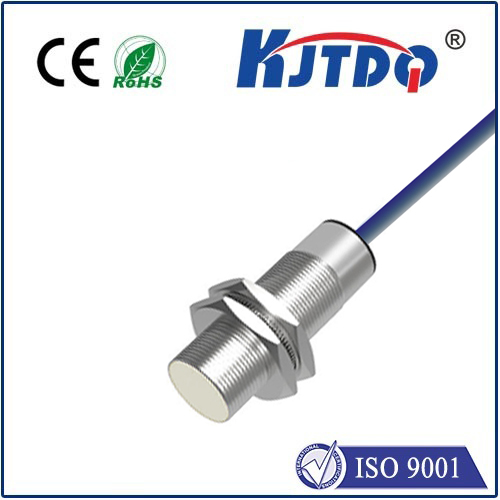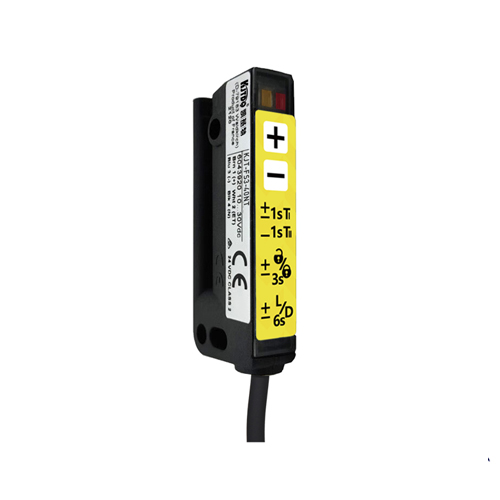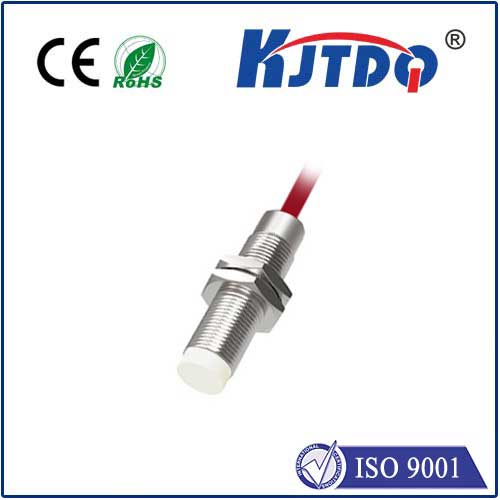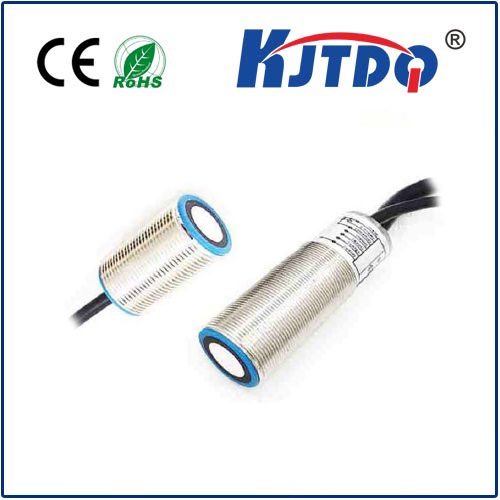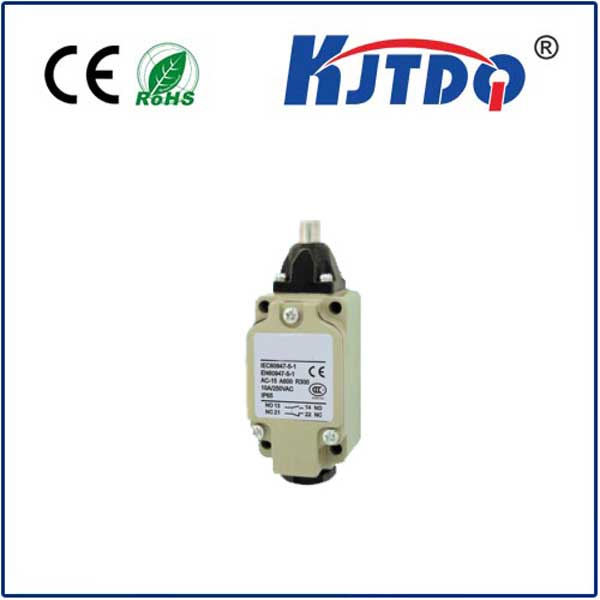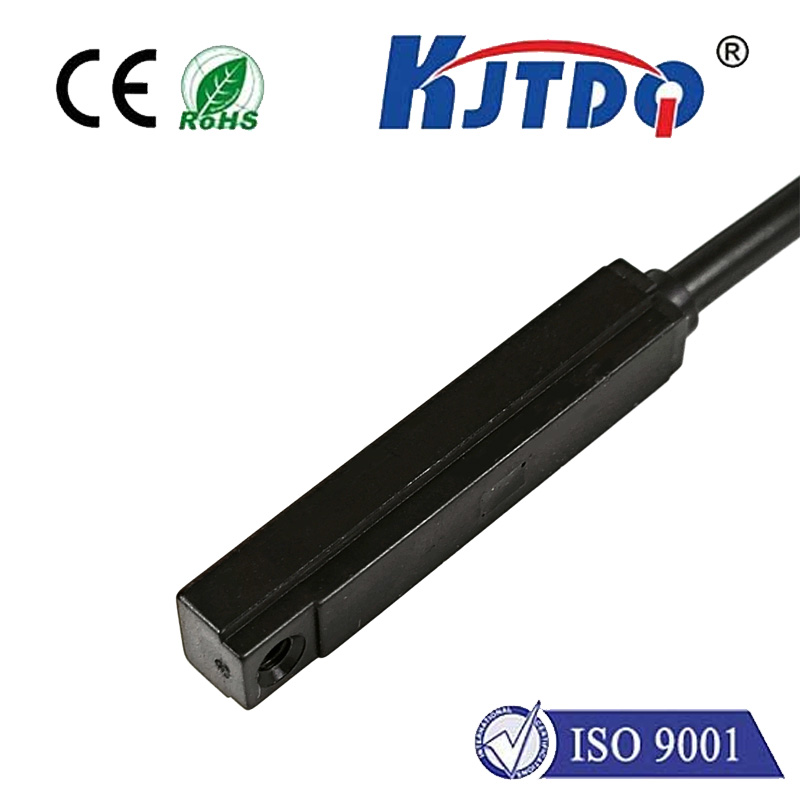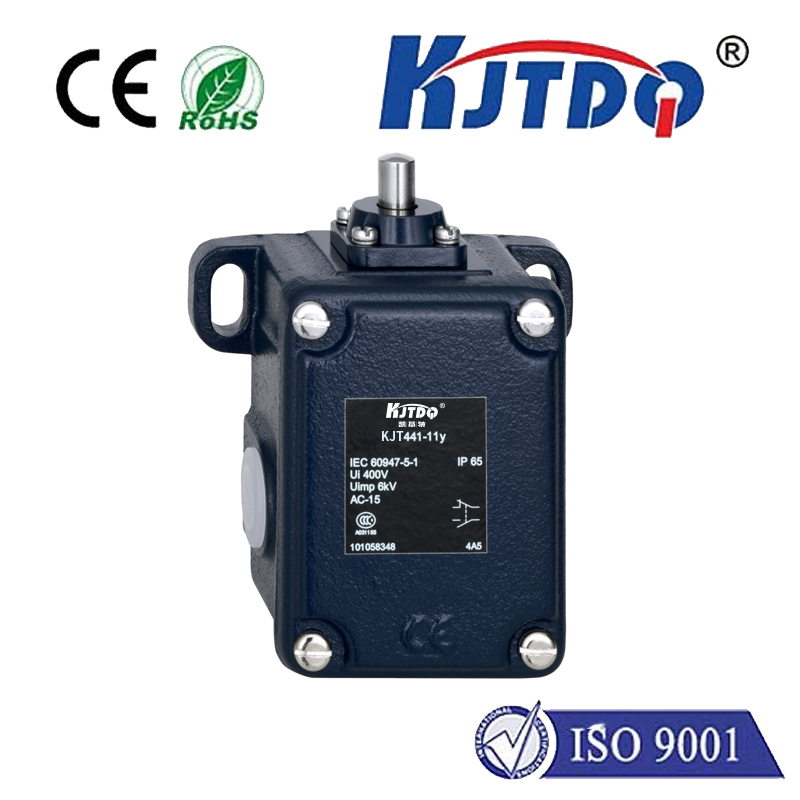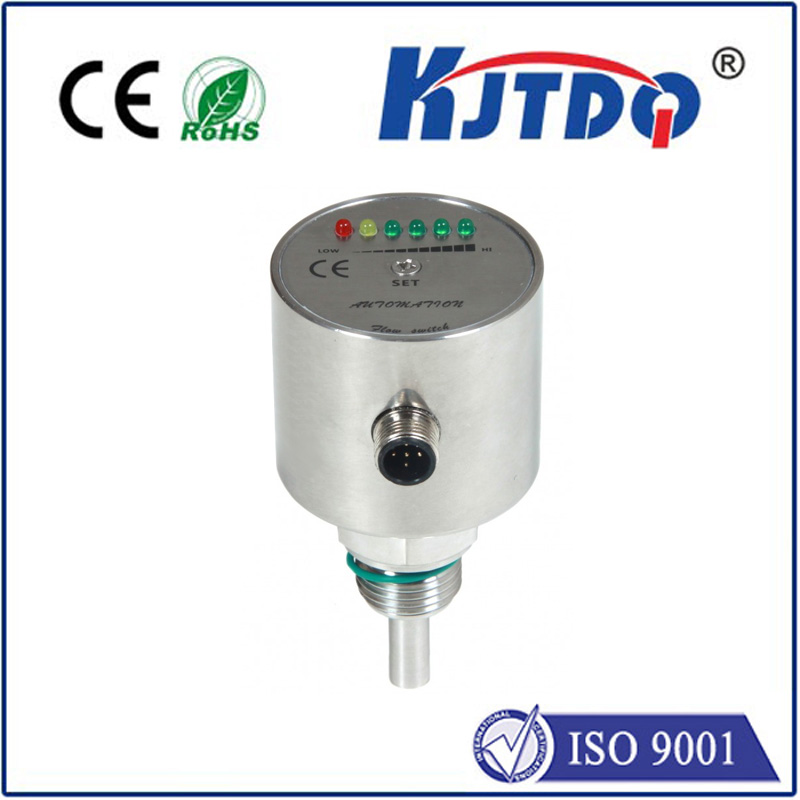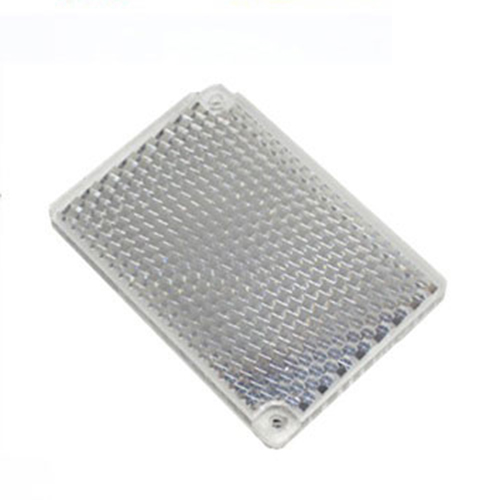360 proximity sensor
- time:2025-07-08 04:06:36
- Click:0
Unlock Seamless Awareness: The Power of 360 Proximity Sensors
Imagine your smart vacuum cleaner gliding effortlessly around furniture legs without a single bump. Picture a security robot patrolling a perimeter, instantly detecting movement from any angle. Envision industrial vehicles navigating crowded warehouses with remarkable precision. This seamless, omnidirectional awareness – the ability to perceive the immediate environment in all directions – is no longer science fiction. It’s the tangible reality made possible by 360 proximity sensors. These intelligent components are fundamentally transforming how machines interact with the physical world, enabling smarter, safer, and more efficient operations across countless applications.
Demystifying the Core: How 360 Proximity Sensors Work
At their heart, proximity sensors detect the presence, absence, or distance of nearby objects without physical contact. Traditional sensors often have a limited field of view, requiring multiple units or complex mechanical scanning to cover a wider area. A true 360 proximity sensor solves this challenge by offering a continuous, panoramic detection zone around its installation point. This is typically achieved through sophisticated designs:

- Multiple Sensor Arrays: Integrating several individual sensing elements (like infrared or ultrasonic transducers) arranged strategically around a central point or ring to create a seamless 360-degree coverage pattern.
- Advanced Sensing Techniques: Employing technologies like time-of-flight (ToF), where the sensor emits a signal (light or sound) and precisely measures the time it takes for the reflection to return, calculating distance in all directions simultaneously.
- Integrated Processing: Sophisticated onboard processing rapidly interprets signals from multiple elements, building a real-time map of the surrounding obstacles and their distances.
This architecture enables non-contact, rapid object detection within a defined spherical or cylindrical range, feeding critical spatial data to a device’s control system.
Core Advantages Driving Adoption
The unique capabilities of 360 proximity sensors offer compelling benefits:
- Omnidirectional Awareness: Eliminates dangerous blind spots, providing a complete safety bubble around equipment.
- Simplified Design: Replaces complex setups requiring multiple directional sensors and their associated wiring/calibration, leading to reduced system complexity and potentially lower costs.
- Enhanced Responsiveness: Provides real-time, continuous feedback about the immediate environment from all angles, enabling faster reaction times. This is critical for applications like collision prevention and path planning.
- Improved Reliability: Fewer components and a unified detection system often translate to increased overall system reliability and robustness.
- Compact Solutions: Modern 360 sensors are increasingly compact and power-efficient, making them suitable for integration into space-constrained devices like drones and portable robots.
Real-World Impact: Where 360 Proximity Sensors Shine
The applications for this technology are vast and rapidly expanding:
- Robotics & Automation:
- Robotic Vacuums & Lawn Mowers: The quintessential example. 360 proximity sensors are essential for navigating complex home environments, avoiding furniture, stairs, pets, and other obstacles seamlessly during operation. They enable efficient cleaning paths and prevent falls or collisions.
- Autonomous Mobile Robots (AMRs) & AGVs: In warehouses, factories, and hospitals, robots rely heavily on 360 sensing for safe navigation among humans, racks, and other vehicles, ensuring smooth logistics and intralogistics efficiency.
- Drones (UAVs): Crucial for obstacle detection during flight, especially in cluttered or GPS-denied environments (like indoors or near structures), preventing crashes and enabling safer autonomous flights and complex maneuvers.
- Security & Surveillance:
- Perimeter Security Systems: Provide instantaneous intrusion detection around sensitive areas, triggering alarms or cameras upon detecting movement within the 360-degree protected zone. Ideal for securing assets, buildings, and borders.
- Pan-Tilt-Zoom (PTZ) Camera Guarding: Sensors can be used to detect approaching objects or people, prompting the camera to automatically swivel and focus, enhancing proactive surveillance.
- Security Robots: Patrol robots use 360 proximity sensing as a primary input for navigation and to detect unexpected personnel or obstacles within their path.
- Industrial Automation & Safety:
- Collision Prevention on AGVs/Forklifts: Creates a virtual safety shield around moving industrial vehicles, automatically slowing or stopping them if a person, pallet, or structure is detected too close, significantly enhancing warehouse and factory floor safety.
- Machine Guarding: Can provide an additional layer of non-contact safety around hazardous machinery, detecting operator presence where traditional physical guards might be impractical.
- Consumer Electronics & IoT:
- Smart Home Devices: Enhance interaction – imagine a smart speaker that knows you’re approaching from any side to wake up, or a lamp that adjusts based on presence detected within the room.
- Gesture Control: Potential for more intuitive, 360-degree gesture interfaces in future devices.
- Anti-Pinch Systems: Involving moving parts like automatic doors or windows, providing all-around pinch point prevention.
The Future is Omnipresent
As sensing technology continues to advance – becoming more accurate, miniaturized, energy-efficient, and cost-effective – the adoption of 360 proximity sensors will accelerate. We will see them integrated into an even wider array of smart devices, vehicles, industrial systems, and infrastructure, becoming a ubiquitous enabler of spatial intelligence. Their ability to provide seamless, real-time environmental awareness is key to unlocking the next level of autonomy, safety, and user experience in our increasingly automated world. Choosing the right sensor, with the appropriate range, accuracy, environmental resilience (to factors like dust, moisture, or varying lighting), and communication protocol, remains crucial for optimal application performance. The era of truly aware machines, perceiving their surroundings effortlessly in every direction, is firmly here, powered by the remarkable capabilities of the 360 proximity sensor.






